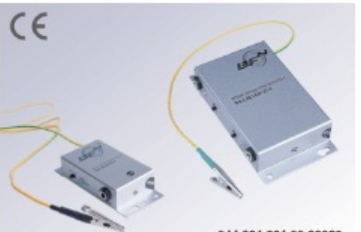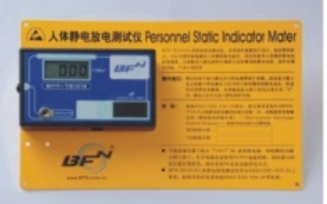How to do electrostatic discharge test ?
Here's a detailed introduction to Electrostatic Discharge (ESD) testing, which is a critical part of evaluating the electromagnetic compatibility (EMC) and robustness of electronic devices and components.
What Is Electrostatic Discharge (ESD) Test?
Electrostatic Discharge (ESD) testing is a method used to simulate electrostatic events and assess a device's or system's susceptibility to static electricity. The test evaluates whether an electronic product can withstand or recover from sudden discharges without malfunctioning, degrading, or being permanently damaged.
Why Is ESD Testing Important?
Static discharges can occur during handling, manufacturing, or operation.
ESD can destroy sensitive electronic components, cause latent failures, or lead to data loss.
Regulatory bodies (e.g., IEC, ISO, MIL-STD) require ESD compliance for many products.
Helps ensure safety, reliability, and product quality.
Common ESD Testing Standards
| Standard | Description |
|---|---|
| IEC 61000-4-2 | Most widely used global standard for ESD immunity testing |
| ISO 10605 | Used for automotive ESD testing |
| MIL-STD-883 / MIL-STD-750 | U.S. military standards for component-level ESD |
| ANSI/ESD STM5.1 | Human Body Model (HBM) testing for components |
| JEDEC JS-001 | Also defines HBM and other ESD models for semiconductors |
Types of ESD Models in Testing
| Model | Simulates | Application |
|---|---|---|
| Human Body Model (HBM) | Discharge from a person to a device | Semiconductor device testing |
| Machine Model (MM) | Discharge from equipment or tool to a device | Rare today, historical relevance |
| Charged Device Model (CDM) | Discharge from a charged device itself | High-speed & sensitive IC testing |
| IEC 61000-4-2 | Full system-level test with contact or air discharge | Consumer, industrial, medical electronics |
How ESD Testing Is Performed
1. Setup
The device under test (DUT) is placed on an insulating surface.
Connected to ground or power systems, depending on configuration.
2. ESD Simulator/Gun
A handheld or automated device that simulates the ESD event.
Generates a high-voltage discharge (e.g., 2kV, 4kV, 8kV, up to 30kV).
3. Test Methods
Contact discharge: Simulator directly touches DUT — most consistent.
Air discharge: Discharge occurs through air gap — less repeatable but real-world.
Both positive and negative polarities are tested.
4. Observation
Check for:
Malfunction
Reset
Loss of function or performance
Permanent damage
5. Compliance Criteria
Class A: Normal performance within spec
Class B: Temporary loss of function, recovers itself
Class C: Temporary loss, needs operator intervention
Class D: Permanent damage
Typical Test Levels (IEC 61000-4-2)
| Test Level | Contact Discharge | Air Discharge |
|---|---|---|
| Level 1 | 2 kV | 2 kV |
| Level 2 | 4 kV | 4 kV |
| Level 3 | 6 kV | 8 kV |
| Level 4 | 8 kV | 15 kV |
| Level X | Custom | Custom |
ESD Test Equipment
ESD Simulator (Gun) – generates the discharge
Grounding Plane – reference earth
Vertical Coupling Plane (VCP) and Horizontal Coupling Plane (HCP) – simulate indirect discharges
ESD Target – for calibrating simulators
Data acquisition system – to monitor DUT response
Applications
Consumer electronics (phones, TVs, computers)
Automotive electronics (ECUs, infotainment systems)
Medical devices
Military/aerospace equipment
Industrial automation
Benefits of ESD Testing
Ensures product reliability
Helps meet compliance regulations
Reduces return rates and warranty claims
Identifies weak points in PCB design, enclosure, or grounding
Tips for Effective ESD Testing
Use shielded cables and grounding setups
Verify that the test environment meets IEC standards
Calibrate the simulator regularly
Analyze failures with oscilloscopes or high-speed cameras if necessary
Use pre-compliance testing early in development
Summary
Electrostatic Discharge (ESD) testing is essential for ensuring that electronic products can withstand static electricity events safely. It simulates real-world scenarios where static discharges could affect or destroy devices. By adhering to international standards like IEC 61000-4-2, manufacturers ensure quality, safety, and regulatory compliance.
Would you like a visual setup diagram or a checklist for performing your own ESD test?
Here is our typical ESD Tester,please know what equipments need to use in work ?
1:Surface resistance tester
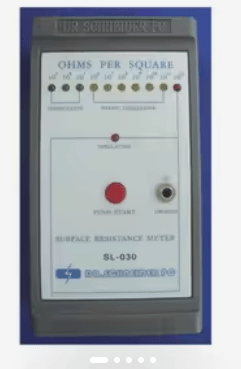
2:electrostatic discharge generator
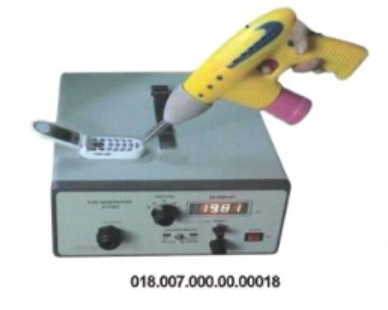
3:Electrostatic field tester
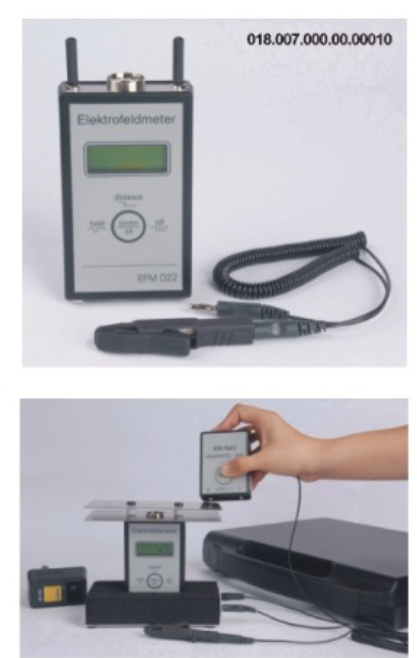
4:Ion fan analyzer
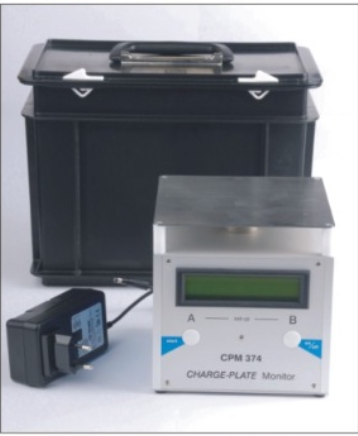
5:Grounding system online monitor
